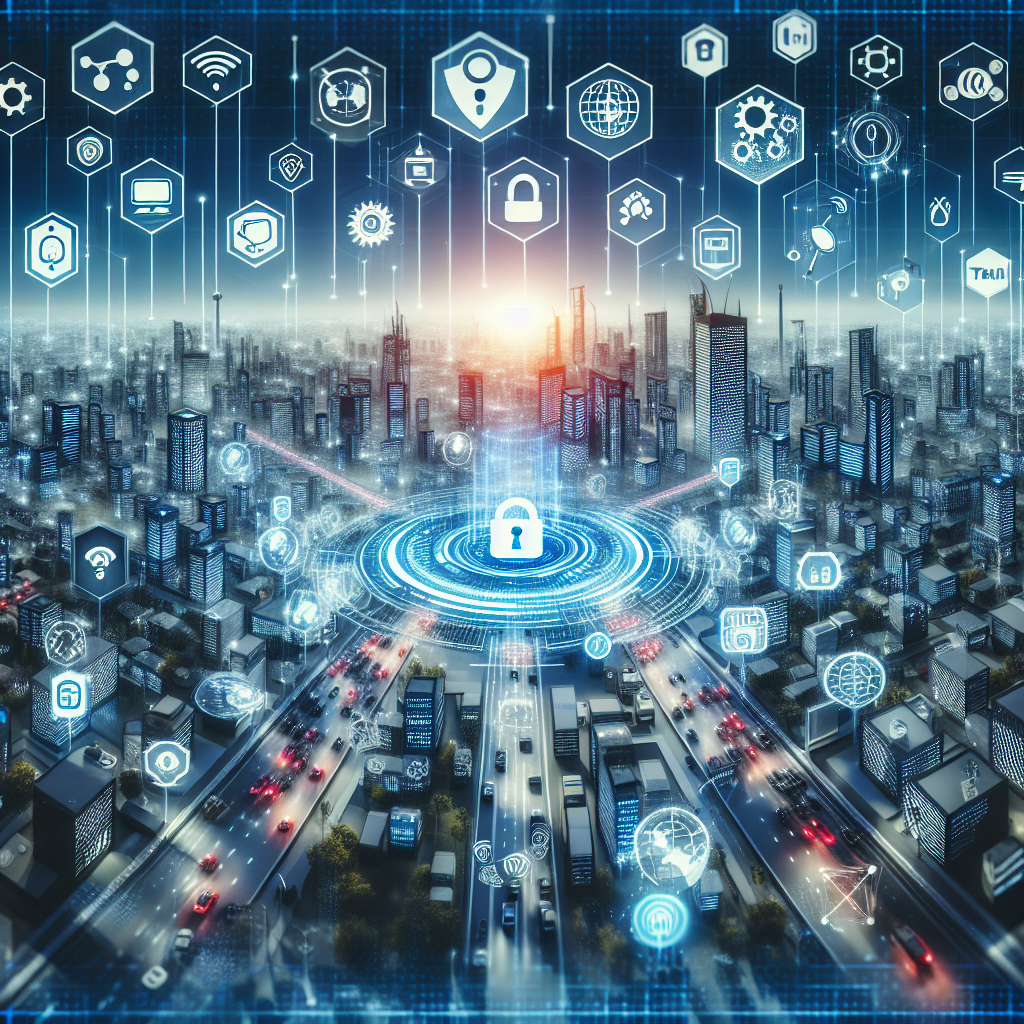
Bridging the Gap: IoT Security in the Age of Connectivity
The IoT Revolution: Securing the Interconnected World
Since the dawn of the internet age, our homes and workplaces have seen a gradual, yet steady growth in the number of interconnected devices. The gadgets are not just mere tools for our use; they are links to an interminable hub which bore life as we know it today: the internet. Having seen all manners of applications from the largest server farms and IT equipment through the PCs and smartphones to the smallest and simplest smart devices, it is safe to say the internet has become an integral part of human life.
Almost everything in our lives today works with the help of or through the information we get from the internet. The current interconnected world is increasingly dependent on the Internet of Things more than ever before. With the number of internet-connected devices being on an uptrend, our data security is becoming more and more complex.
Phishing
Another key threat is phishing attacks, in which hackers convince users to provide personal information. Landscape users must be aware and proactive about following best practices to defend from these attacks.
Protecting IoT Devices
Organizations as well individuals must adhere to the best practices suggested below, which can significantly reduce attacks against IoT devices.
- Implement Rate Limiting: Set a limit for the number of failed login requests to minimize automated attack techniques.
- Use powerful CAPTCHAs: For an extra security layer, deploy CAPTCHAs resistant to automatic bypass.
- Enforce Multi-Factor Authentication (MFA): Use MFA to add an additional security layer, even if a password is stolen.
- Use Unique Passwords: Generate and manage separate passwords for each site through a password manager.
Conclusion
While the IoT revolution is providing countless benefits, it has also brought extensive cybersecurity challenges to operators. For these challenges, a complete and increasingly comprehensive cybersecurity strategy is required. This includes securing passwords and logins, keeping software updated at all times, network segmentation and educating users and administrators. These best practices contribute towards establishing a more secure IoT landscape that will enable all devices to continue functioning under the umbrella of advanced technologies such as AI/ML for threat detection and user education.
